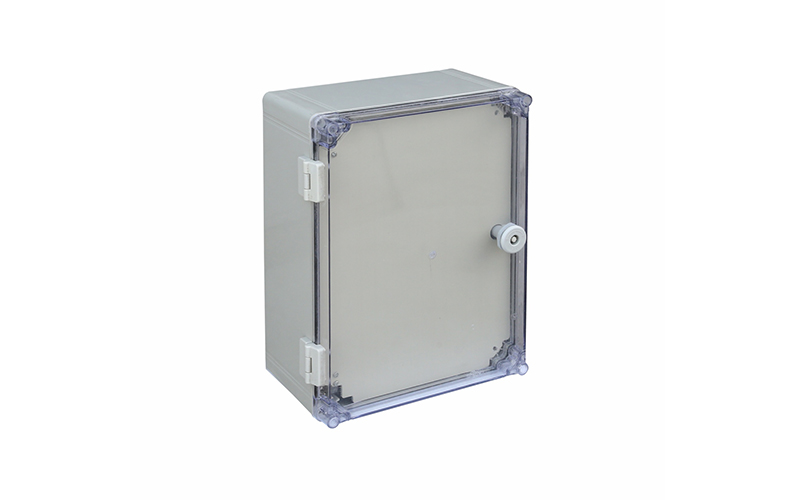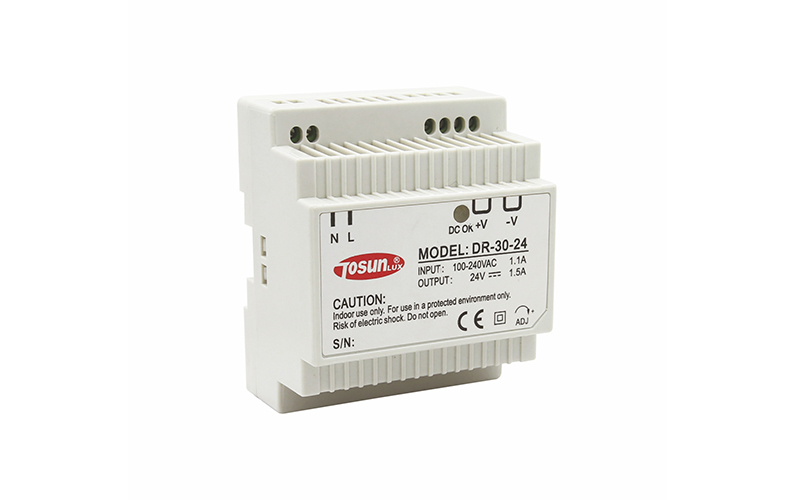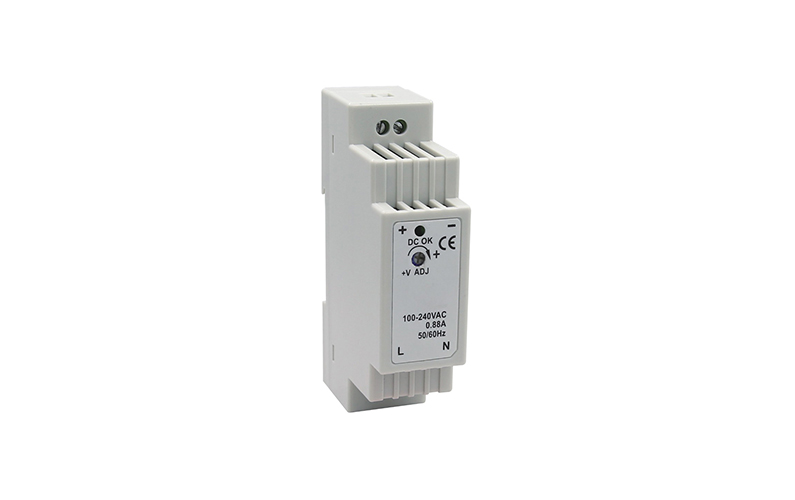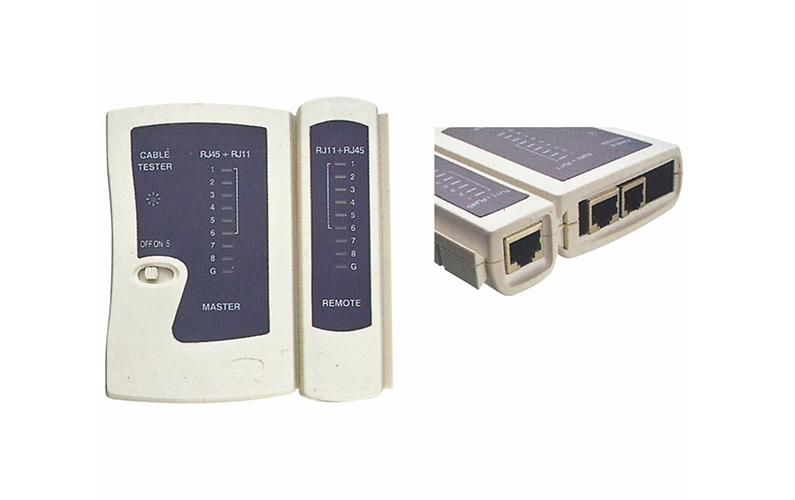How to Add a Sub Panel Breaker Box?
28th Apr 2022
Sub-panels direct electrical power to different parts of the premises. They perform the same functions as the main panel. They protect electrical appliances from being fried by power surges. These sub-panels contain a series of circuit breakers and fuses that interrupt the flow of electricity when a large current passes through them. A sub-panel can provide 120V or 240V. It can be either a single-pole or two-pole circuit breaker. If you’re using a single-pole breaker, you can attach it to the ground wire. If you want to add a subpanel breaker box, we can help you. Follow this step by step to easily add a subpanel. What Is A Sub Panel Breaker Box? The electrical subpanel is a critical part of your home’s electrical system. While it is very similar to the main breaker panel, it also has its own unique functions. Its primary role is to protect your home from electricity surges, and it can also prevent electrocution in emergency situations. This box is a great place to keep important tools and items such as fuses. When upgrading a home’s electrical service, a subpanel can provide an expansion for an existing full breaker box. You can use a subpanel as an extra outlet for a new circuit. It is important to consider the size of your current system to determine whether it can accommodate a subpanel. You can also use a subpanel to replace an older one and add convenience and space to install new circuits. The main breaker box is used for protecting […]
Read More : +86-139 0587 7291
: +86-139 0587 7291 English
English Español
Español Русский
Русский Français
Français العربية
العربية Português do Brasil
Português do Brasil Українська
Українська Türkçe
Türkçe Polski
Polski Nederlands
Nederlands Italiano
Italiano Bahasa Indonesia
Bahasa Indonesia हिन्दी
हिन्दी اردو
اردو አማርኛ
አማርኛ Հայերեն
Հայերեն ไทย
ไทย Монгол
Монгол فارسی
فارسی Shqip
Shqip Ελληνικά
Ελληνικά






